
WHEN YOU THINK ABOUT THE HOLOCAUST, what images appear in your mind’s eye? I see Nazis marching into city squares. Jews crushed into airless cattle cars. An iron gate with the inscription ARBEIT MACHT FREI, and beyond it, rows of spartan dormitories housing skeletal inmates in filthy striped uniforms, subjected to all manner of dehumanization. There are smokestacks, barbed wire, mass graves. These awful tableaux are the products of a lifelong immersion in Holocaust narratives, from factual accounts in textbooks to visits to museums to documentaries screened at Hebrew school. But because I grew up in the era of Schindler’s List and Life Is Beautiful, my most indelible impressions come from pop culture. When I envision a concentration camp, I am seeing a collage of movie stills.
The same imagery suffuses The Tattooist of Auschwitz, Peacock’s new adaptation of Heather Morris’ best-selling 2018 novel. Inspired by her conversations with Lali Sokolov, a Slovakian Jew who spent the final years of World War II tattooing ID numbers on new arrivals at the notorious death camp, it is ultimately, as Harvey Keitel’s elderly Lali explains to Heather (Melanie Lynskey), “a love story.” But that romance unfolds against a familiar backdrop of suffering that fits our broadest conceptions of the camps: sadistic Nazis; lines of naked bodies slouching toward death; Jews praying and singing to reassert their humanity.
This story is from the May 27, 2024 edition of Time.
Start your 7-day Magzter GOLD free trial to access thousands of curated premium stories, and 9,000+ magazines and newspapers.
Already a subscriber ? Sign In
This story is from the May 27, 2024 edition of Time.
Start your 7-day Magzter GOLD free trial to access thousands of curated premium stories, and 9,000+ magazines and newspapers.
Already a subscriber? Sign In

Q & A: Borge Brende
The World Economic Forum president talks with TIME editor Sam Jacobs

Q & A - Rene Haas
Arm's CEO on how his hardware is supporting the Fourth Industrial Revolution
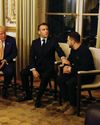
The conflicts looming over 2025
WHEN DONALD TRUMP TOOK THE OATH OF OFFICE AS President in January 2017, his first foreign policy priority was to get tough on China. The Trump 2.0 Administration will continue that work. But when he strides back into the Oval Office in January 2025, Trump will also become responsible for U.S. management of two dangerous wars, the kinds of hot foreign policy crises he was fortunate to avoid during his first term.
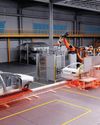
Rev Lebaredian
Nvidia's vice president of Omniverse and simulation technology on training AI-powered robots
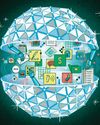
5 predictions for AI in 2025
New uses and policy questions come into focus
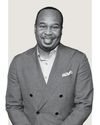
Roy Wood Jr. The comedian on his new stand-up special, the importance of working in food service, and learning from Keanu Reeves
8 QUESTIONS WITH Roy Wood Jr.
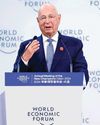
A call for global cooperation in the Intelligent Age
Cultivate wisdom along with innovation
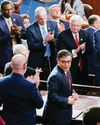
The D.C. Brief
IN THE END, THE THREAT OF A FARright revolt proved more menacing than most imagined, as Republican Mike Johnson initially came up short on Jan. 3 during the first balloting to keep him as Speaker.

The digital labor revolution
OVER THE PAST TWO YEARS, WE'VE WITNESSED advances in AI that have captured our imaginations with unprecedented capabilities in language and ingenuity. And yet, as impressive as these developments have been, they're only the opening act. We are now entering a new era of autonomous AI agents that take action on their own and augment the work of humans. This isn't just an evolution of technology. It's a revolution that will fundamentally redefine how humans work, live, and connect with one another from this point forward.
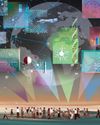
Tech we can trust
Serving humanity's best interests must be at the center of progress